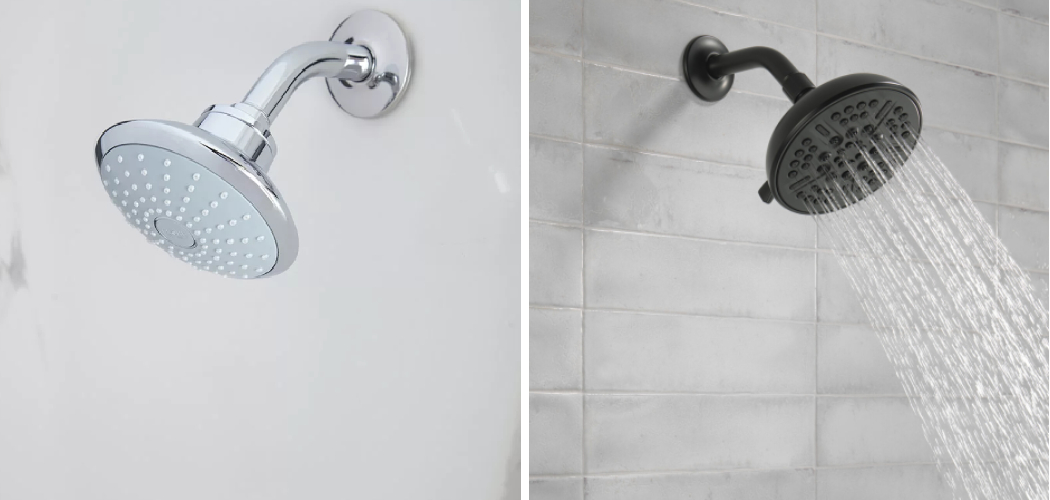Dual shower heads elevate the showering experience by offering versatility in water flow and spray patterns, thus catering to a variety of personal preferences and needs. Whether you’re seeking a gentle rainfall effect or a more concentrated spray for sore muscles, dual systems provide the flexibility to customize your shower at the flick of a switch.
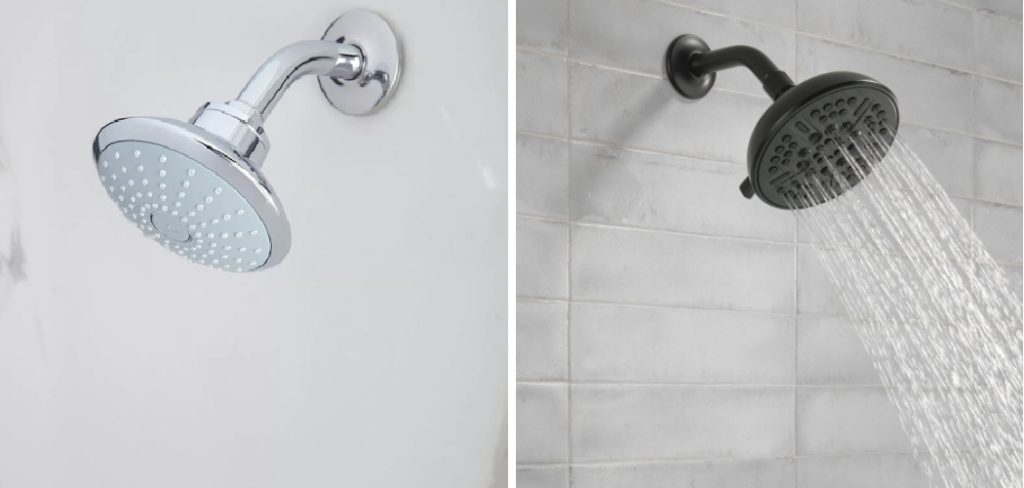
Learning how to switch between shower heads is crucial to ensure the longevity and efficiency of your shower system. Proper switching helps prevent wear and tear on the mechanism, ensuring both heads function optimally and deliver a consistent water flow according to your selection.
Switching between shower heads revolves around using a diverter valve, which directs the water flow to the desired shower head. This guide will walk you through the steps on how to switch between shower heads, whether you have a manual or automatic diverter, ensuring a smooth and enjoyable shower experience.
Identify the Shower Head Control Mechanism
The first step in learning how to switch between shower heads is to identify the control mechanism, typically a diverter valve or switch, that enables the transition. This component is crucial as it directs the water flow from your shower’s main outlet to the secondary head or vice versa.
A. Locate the Diverter Valve or Switch on the Shower Fixture
In most shower setups, the diverter valve is located either on the wall plate of the shower where the handle for water temperature and flow is found or integrated into the tub spout for systems with a tub and shower combination. Look for an extra lever, knob, or button aside from the main handle, as this is often the diverter.
B. Determine the Type of Diverter Valve (Manual or Automatic)
Diverter valves are predominantly of two types—manual or automatic. Manual diverter valves require physical adjustment, such as pulling up the tub spout or turning a separate knob on the shower fixture. In contrast, automatic diverters, often found in more modern installations, switch water flow electronically via a push button or a digitally controlled mechanism.
C. Understand How the Valve Controls Water Flow
The diverter valve regulates the direction of water flow by opening one channel while simultaneously closing another, effectively switching the water output between the main showerhead, handheld shower, or any other installed shower accessory. Grasping how the diverter functions is essential for both using your shower to its fullest potential and troubleshooting any issues that might arise.
How to Switch Between Shower Heads: Manual Diverter Valve Operation
Operating a manual diverter valve is straightforward, but it requires some attention to detail to ensure that the switch between shower heads is smooth and does not damage your plumbing.

A. Turn Off the Shower Water Supply
Turning off the water supply before adjusting the shower heads is always a good idea. This step can prevent unnecessary water splashing and give you a clear field to work without pressure in the pipes. The water can usually be turned off using the main control handle for the shower, which adjusts water temperature and flow.
B. Rotate or Pull the Diverter Valve Handle to Switch Between Shower Heads
Once the water supply is turned off, locate the diverter valve handle on your shower fixture. Depending on your shower setup, this could involve rotating a knob or pulling up on a lever. This action diverts the water flow from the main showerhead to the secondary one or vice versa. The process should be done gently to avoid damaging the valve.
C. Adjust the Valve to Direct Water Flow to the Desired Shower Head
After activating the diverter, slowly turn the water supply back on and observe the change in the water flow to the selected shower head. If the water does not flow as expected, turn off the supply again, adjust the diverter valve accordingly, and then retry. It might take a few attempts to get a feel for your specific diverter mechanism, especially if it’s stiff or hasn’t been used in a while.
Handling the diverter gently and regularly cleaning and maintaining it according to the manufacturer’s instructions is important. Proper operation and maintenance ensure that your manual diverter valve will function smoothly, providing many enjoyable showers and extending the lifespan of your dual shower head system.
How to Switch Between Shower Heads: Automatic Diverter Valve Operation
Operating an automatic diverter valve simplifies the process of switching between shower heads, offering a seamless transition with the push of a button or the flip of a lever. Unlike manual valves, automatic diverters are designed for ease and efficiency, making the use of dual shower heads a more luxurious and stress-free experience.
A. Turn Off the Shower Water Supply
Similar to manual operation, it’s advisable to begin by turning off the water supply to your shower system. This preventive measure avoids any unwanted splashing and ensures a safer environment in which to activate the diverter.

The shut-off process typically involves the main water control handle, which is responsible for the shower’s temperature and flow, allowing you to prepare for the switch without running the water.
B. Activate the Automatic Diverter Valve Control Button or Lever
Once the water is off, use the automatic diverter valve by pressing the designated button or flipping the specific lever on your shower apparatus. This could be a digital display touch button in more contemporary setups or a less conspicuous but purposely placed lever in others. The activation command instantly informs the system of your desire to alter the water flow, initiating the diverter’s operation.
C. Allow the Valve to Automatically Switch Water Flow Between Shower Heads
After the diverter has been activated, turn the water supply back on. The automatic diverter valve will take a moment to process the change and then seamlessly redirect the water flow to the desired shower head.
This shift happens without requiring further manual adjustment, offering a swift and efficient transition between shower settings. Monitoring the first few times may help you become accustomed to the timing and nature of the switch, ensuring that everything is functioning as intended.
The integration of automatic diverter valves in shower systems epitomizes the advancement in bathroom fixture technology, aiming for convenience and user satisfaction. Their operation, while straightforward, underscores the importance of familiarizing oneself with the specifics of their shower system to maximize the benefits of dual a shower heads.
Test the Water Flow
Testing the water flow after adjusting your diverter valve, whether manual or automatic, is crucial in ensuring a satisfying shower experience. Proper testing can identify issues early and allow for adjustments before they become problematic.
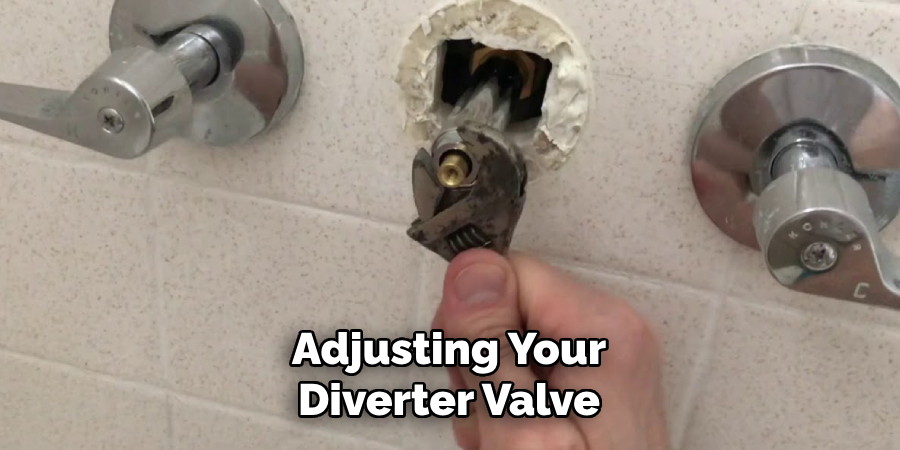
A. Turn On the Shower Water Supply
Begin by turning on the water supply to your shower. This is generally done by manipulating the main control handle, which regulates the temperature and the water flow. It’s advisable to start with a lower pressure to closely monitor how the water is being diverted.
B. Check for Proper Water Flow from the Selected Shower Head
Once the water is running, observe the flow from the selected shower head. The water should come out consistently and in the expected manner, reflecting the settings chosen via the diverter valve. Any irregularities in water flow, such as a weak stream or water still flowing from the unselected shower head, indicate that further adjustment is necessary.
C. Adjust the Diverter Valve as Needed for Desired Water Flow
If the water flow does not meet your expectations, turn off the water supply and adjust the diverter valve. For manual valves, this may involve repositioning the lever or knob. For automatic valves, re-engaging the control button or lever may be necessary.
After adjustments, repeat the testing process to ensure the water flow is correct. You can achieve the desired performance from your dual shower head system through diligent testing and adjustment, enhancing your showering experience.
Maintenance and Care Tips
Ensuring the longevity and efficiency of your shower system, particularly when it features a dual shower head setup with a diverter valve, necessitates routine maintenance and care. These steps guarantee a pleasant shower experience and prevent costly repairs down the line.
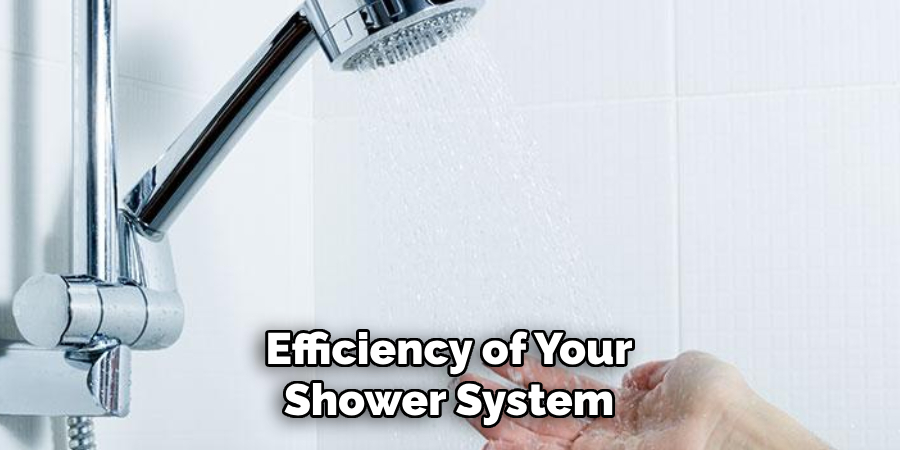
A. Clean Diverter Valve Regularly to Prevent Build-Up or Blockages
The diverter valve is prone to accumulating mineral deposits and debris over time, which can impede its operation. Regularly cleaning the valve can prevent these build-ups. This involves dismantling the valve as per the manufacturer’s instruction manual and using a mild vinegar solution or a dedicated cleaning agent to remove any deposits. Ensure thorough rinsing and drying before reassembling the valve to avoid any damage or further issues.
B. Check for Leaks or Drips Around the Diverter Valve
Leaks or drips around the diverter valve not only waste water but may also indicate a malfunction or the need for resealing. Performing periodic checks for any signs of leakage can save water and prevent water damage to your bathroom. Tightening connections or replacing worn-out seals as needed can often resolve these issues.
C. Schedule Professional Inspection and Maintenance if Necessary
While routine DIY maintenance is crucial, certain situations may require a professional’s touch. If you notice consistent issues with water flow, pressure discrepancies between shower heads, or if the diverter valve shows signs of significant wear and tear, it might be time to schedule a professional inspection.
A qualified plumber can offer a comprehensive check, identify any underlying problems, and carry out necessary repairs, ensuring that your shower system remains in optimal condition.
Following these maintenance and care tips will enhance the functionality of your dual shower head system and extend its lifespan, allowing you to enjoy a superior shower experience for years to come.
Troubleshooting Common Issues
Troubleshooting common issues with dual shower head systems can save time and prevent frustration. Identifying and addressing these problems promptly can ensure a seamless and enjoyable shower experience.
A. Address Any Sticking or Jamming of the Diverter Valve
A diverter valve that sticks or jams can hinder the ability to switch shower heads effectively. This issue often results from mineral buildup or debris inside the valve. To resolve this, first attempt to clean the valve thoroughly, using a mild vinegar solution to dissolve any deposits.
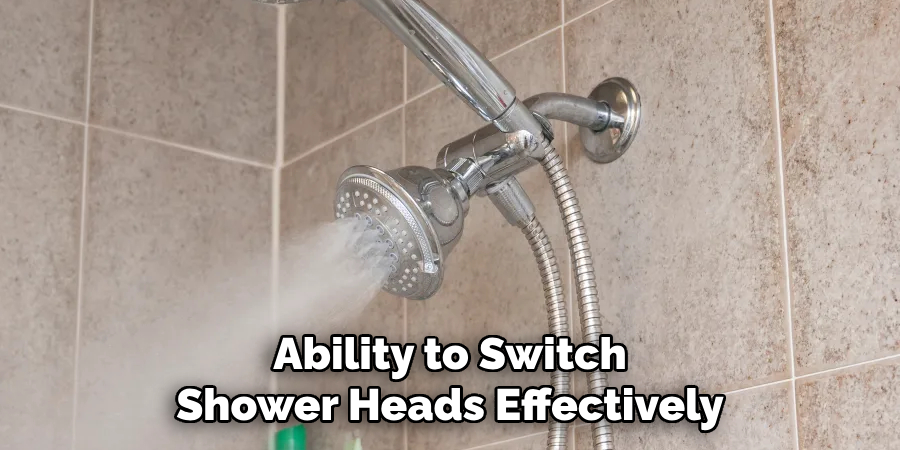
If cleaning does not resolve the issue, the valve components may require lubrication with a silicone-based lubricant, being sure to avoid petroleum-based products that can degrade rubber seals.
B. Check for Loose Connections or Faulty Valve Components
Loose connections or faulty valve components can lead to leaks or inconsistent water flow. Inspect all connections for tightness, using a wrench if necessary, but be careful not to overtighten and damage the fittings.
If problems persist after tightening, the diverter valve components may be worn or damaged and require replacement. Refer to the manufacturer’s guide for specific part numbers and replacement instructions.
C. Consult with a Plumber for Complex Diverter Valve Problems
Consulting with a professional plumber is advisable for complex issues with the diverter valve, such as persistent leaks, inconsistent water pressure between the shower heads, or significant damage to the valve mechanism.
They can provide a thorough inspection, identify any underlying issues that may not be apparent to the homeowner, and perform repairs or replacements with the appropriate tools and expertise.
Safety Precautions
When managing a dual showerhead system, safety is paramount to prevent accidents and ensure the system’s longevity. Here are vital safety precautions to follow:
A. Ensure Proper Installation and Functioning of the Diverter Valve
Proper diverter valve installation is crucial for a safe and functional dual shower head system. It’s recommended that a professional plumber execute the installation to ensure correctness and adherence to local plumbing codes. Regularly check that the valve operates smoothly and correctly channels water to the selected shower head without any leaks.
B. Avoid Applying Excessive Force When Operating the Valve
Operating the diverter valve with excessive force can damage its components, leading to malfunctions or total system failure. Use a gentle touch when switching the water flow between shower heads. If the valve appears to stick or resist movement, do not force it. Instead, refer to the troubleshooting tips to address the issue or consult a professional.
C. Turn Off the Water Supply Before Performing Any Maintenance or Repairs
Before starting any maintenance tasks or repairs on your shower system, turning off the water supply is crucial. This step prevents potential water damage to your bathroom and minimizes the risk of personal injury. Locate the main shutoff valve for your bathroom or home and ensure it is fully closed before proceeding with any work on the shower system.
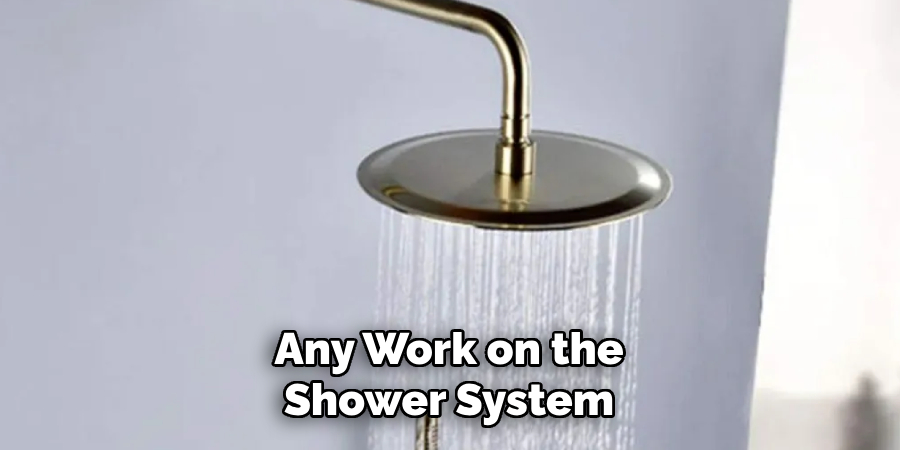
Conclusion
Remember to operate the diverter valve gently and accurately to seamlessly switch between shower heads in a dual shower head system. The process relies on a functional diverter that directs water flow to the chosen shower head, ensuring a customizable shower experience.
Maintaining the diverter valve is crucial for the smooth operation of your shower system. Regular cleaning to remove mineral deposits, checking for leaks, and ensuring tight connections are vital steps. These actions prevent common issues like sticking or jamming, which are integral to knowing how to switch between shower heads efficiently.
The versatility and convenience offered by dual shower head systems elevate the showering experience, allowing users to enjoy varied water flow patterns and pressures. Proper operation, regular maintenance, and addressing diverter valve issues promptly can maximize the system’s functionality and durability.
By understanding how to switch between shower heads and caring for the diverter valve, homeowners can enjoy their dual shower systems’ enhanced experience and flexibility for years to come.

